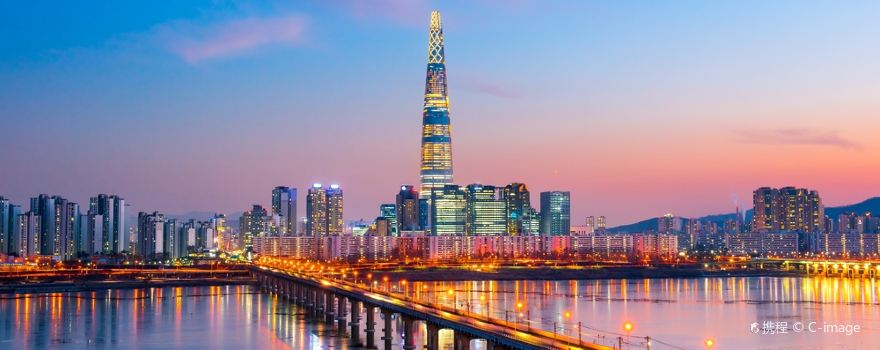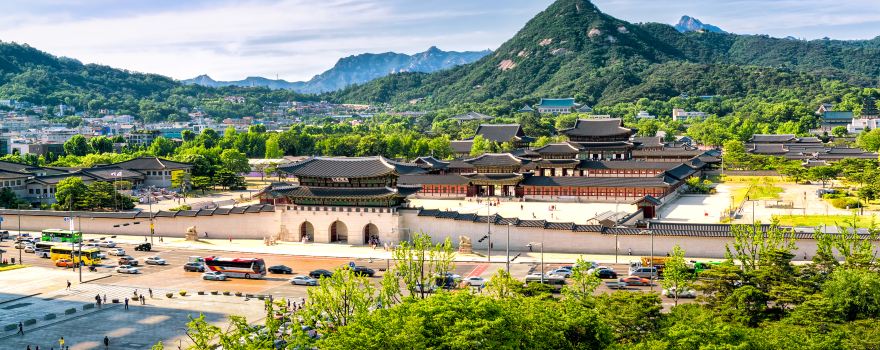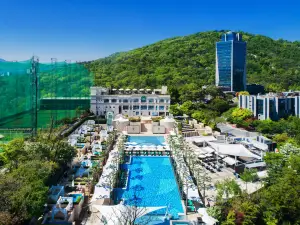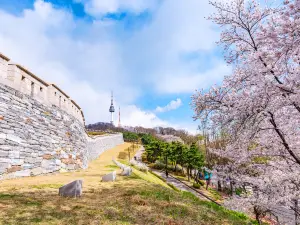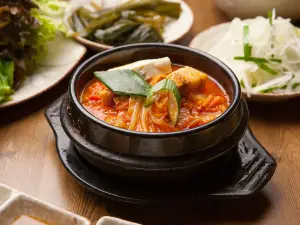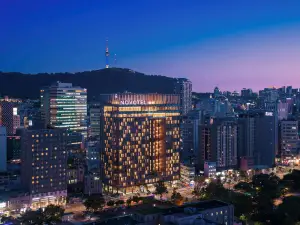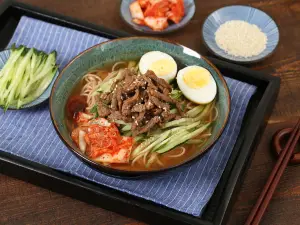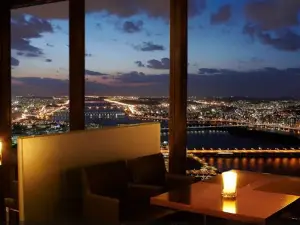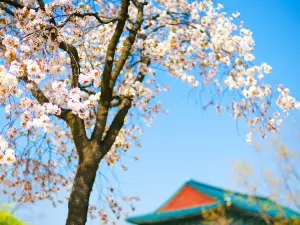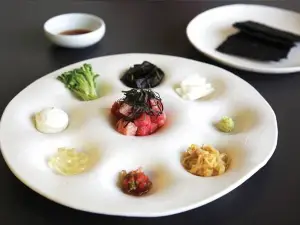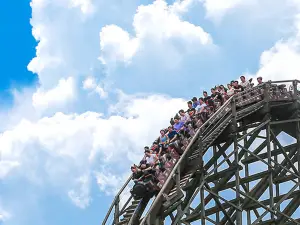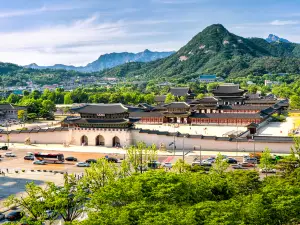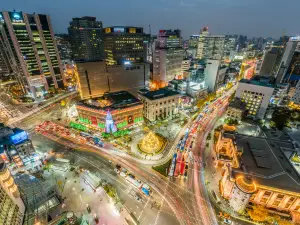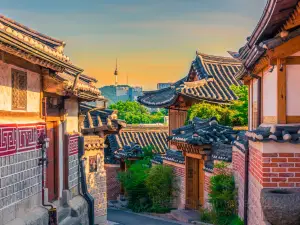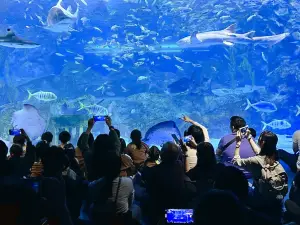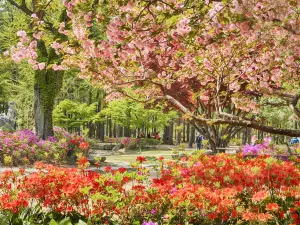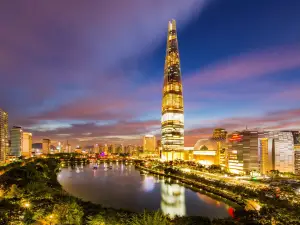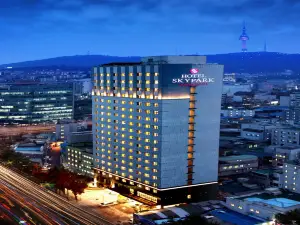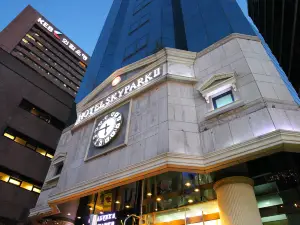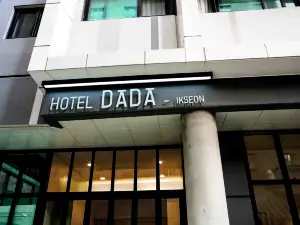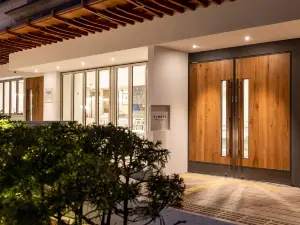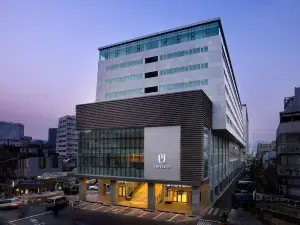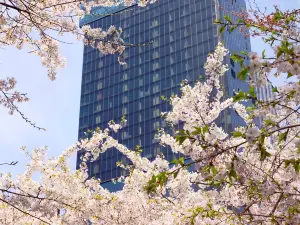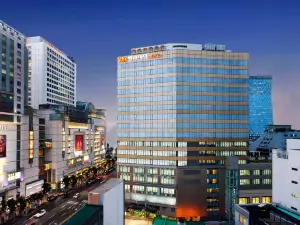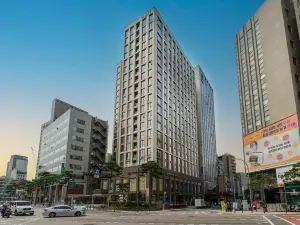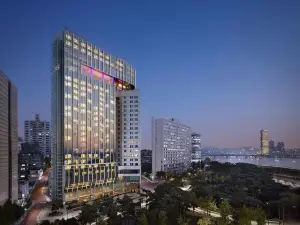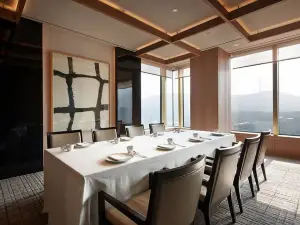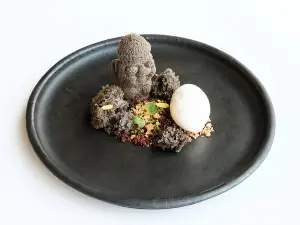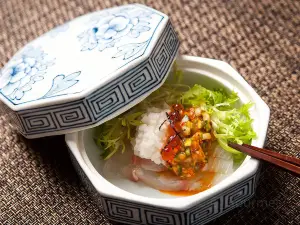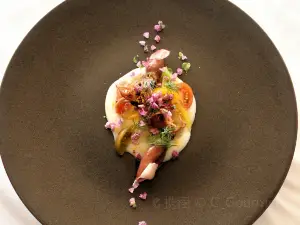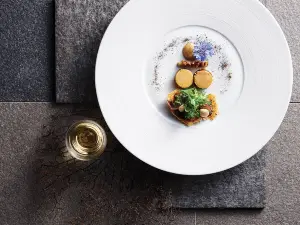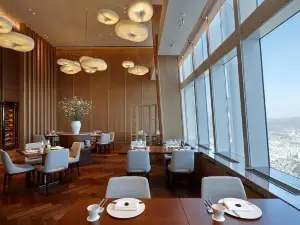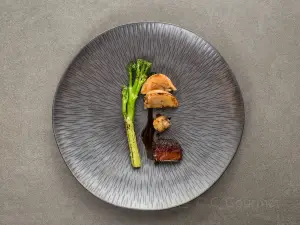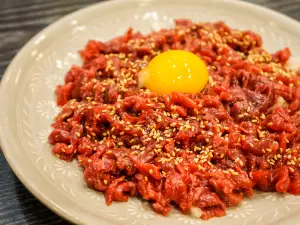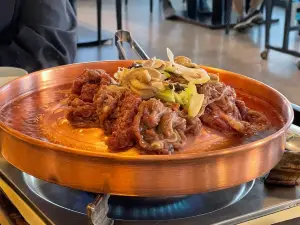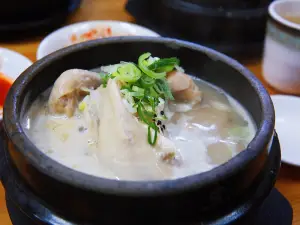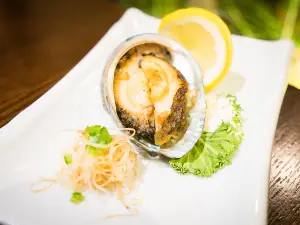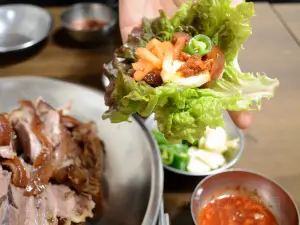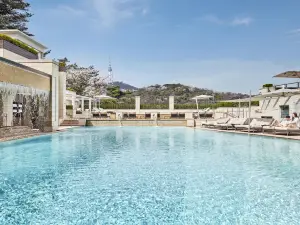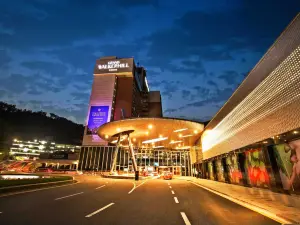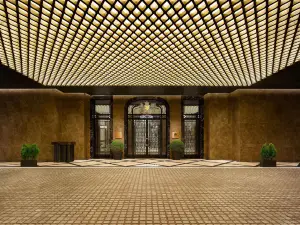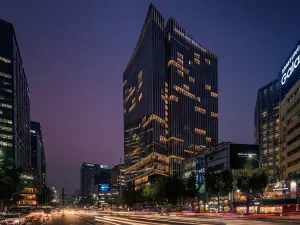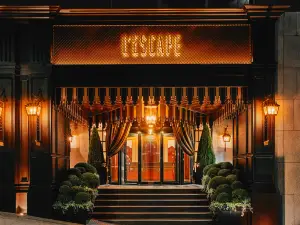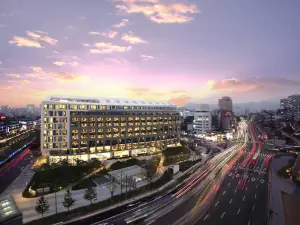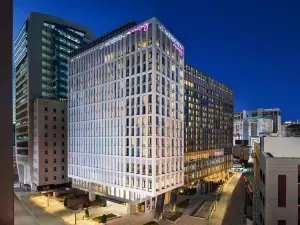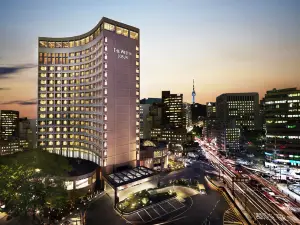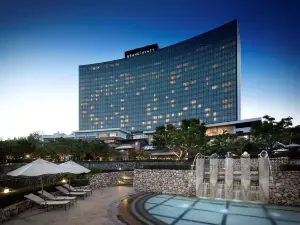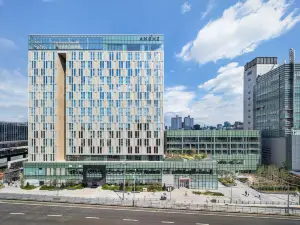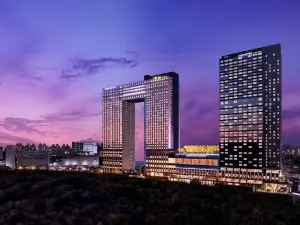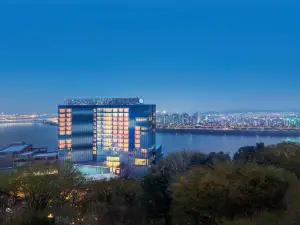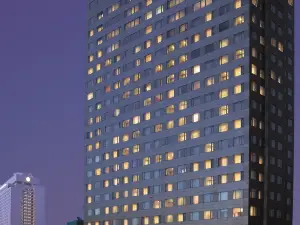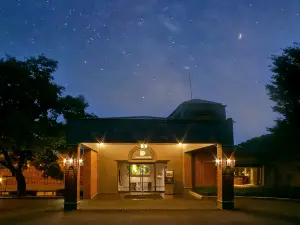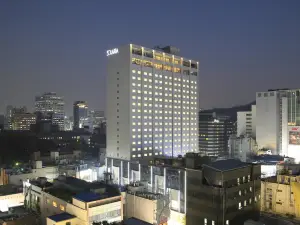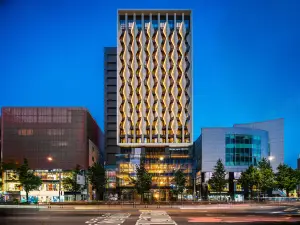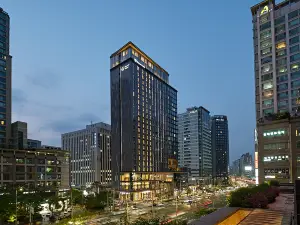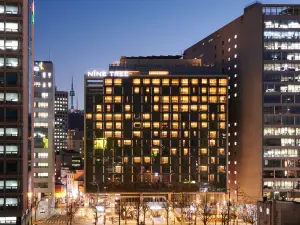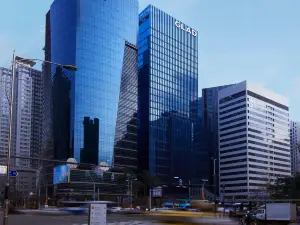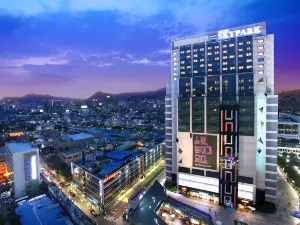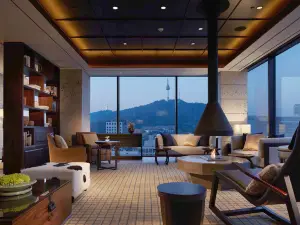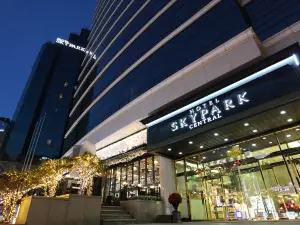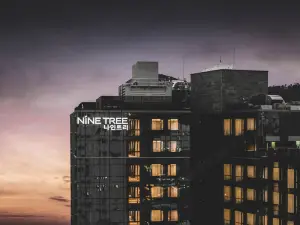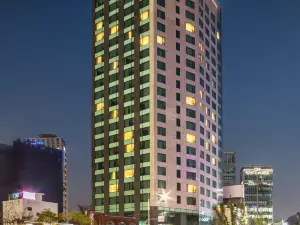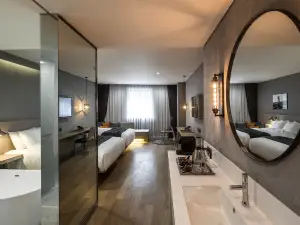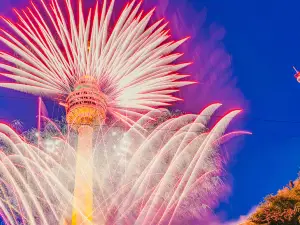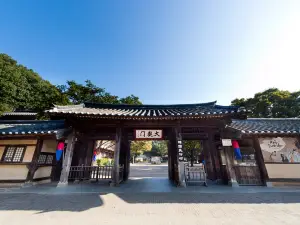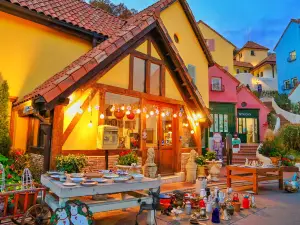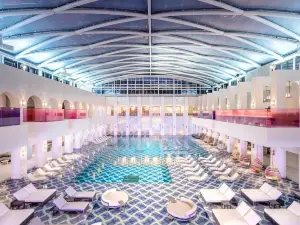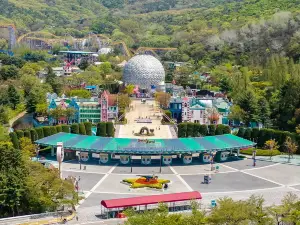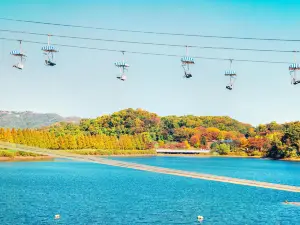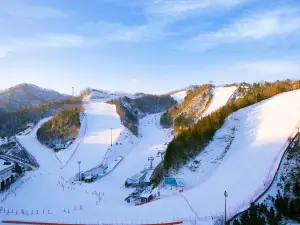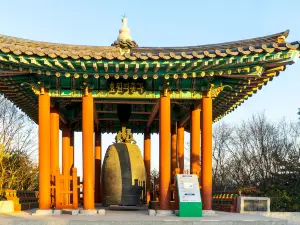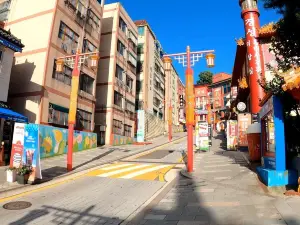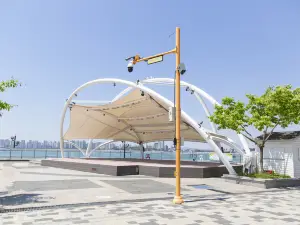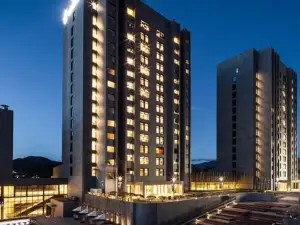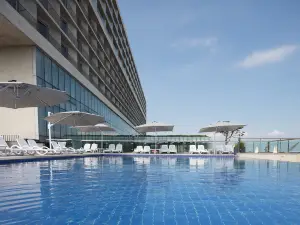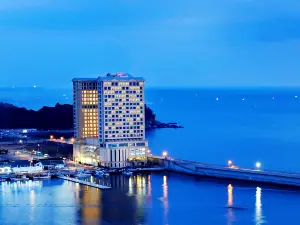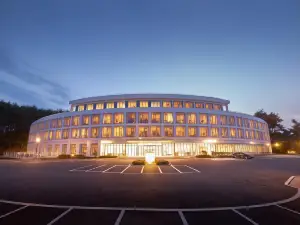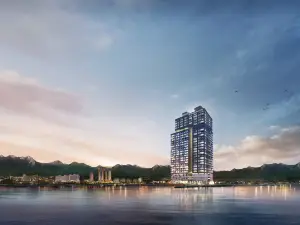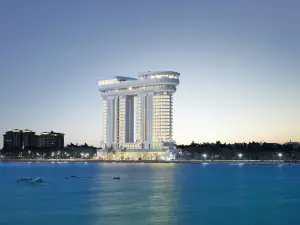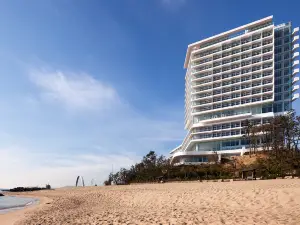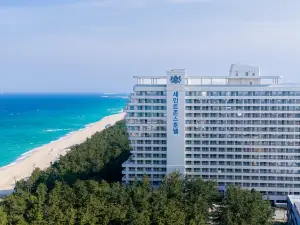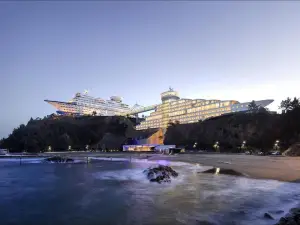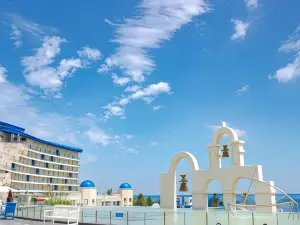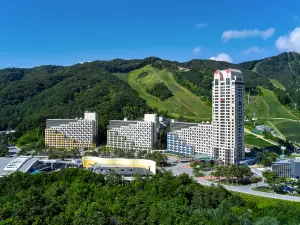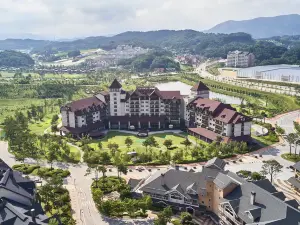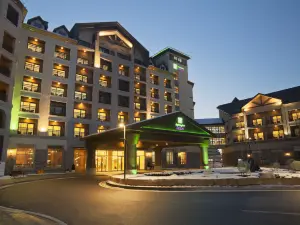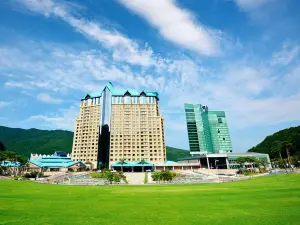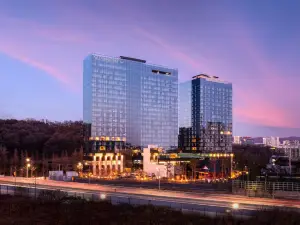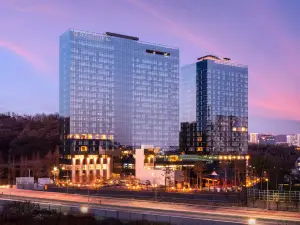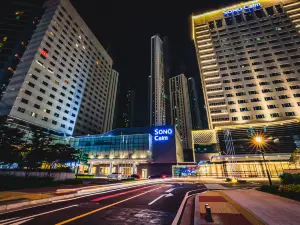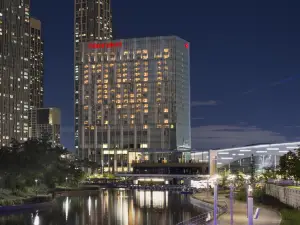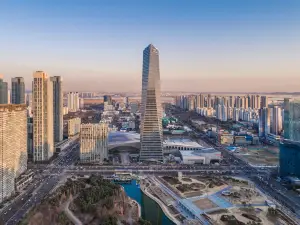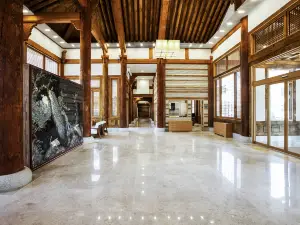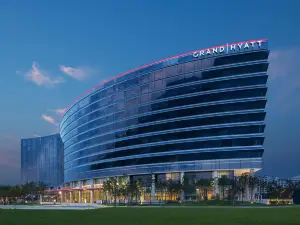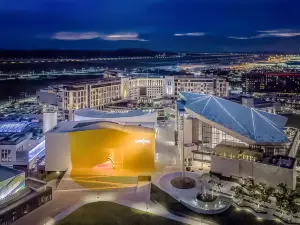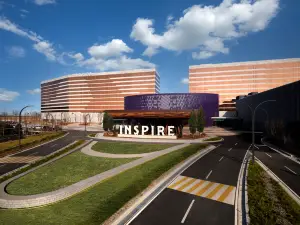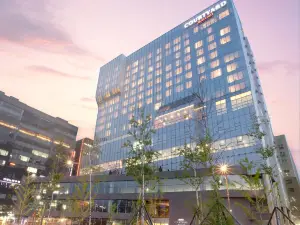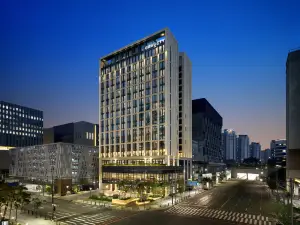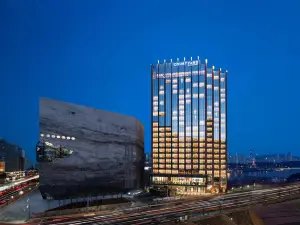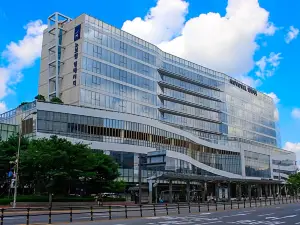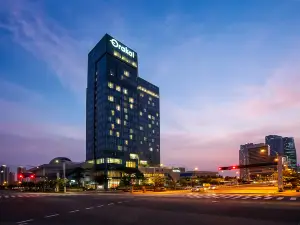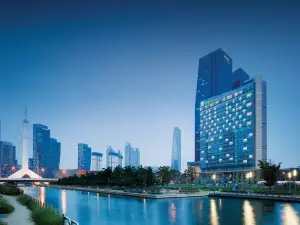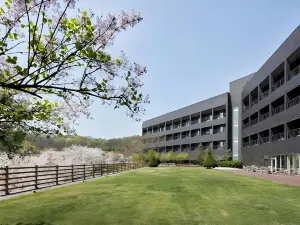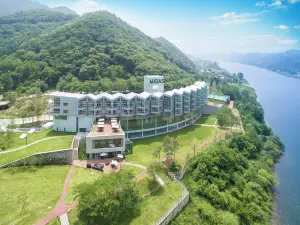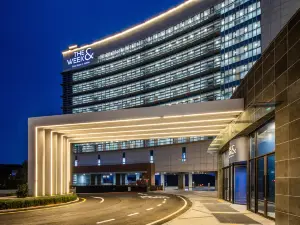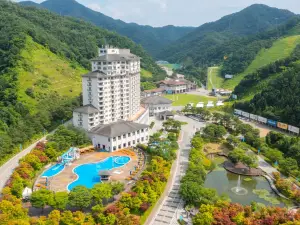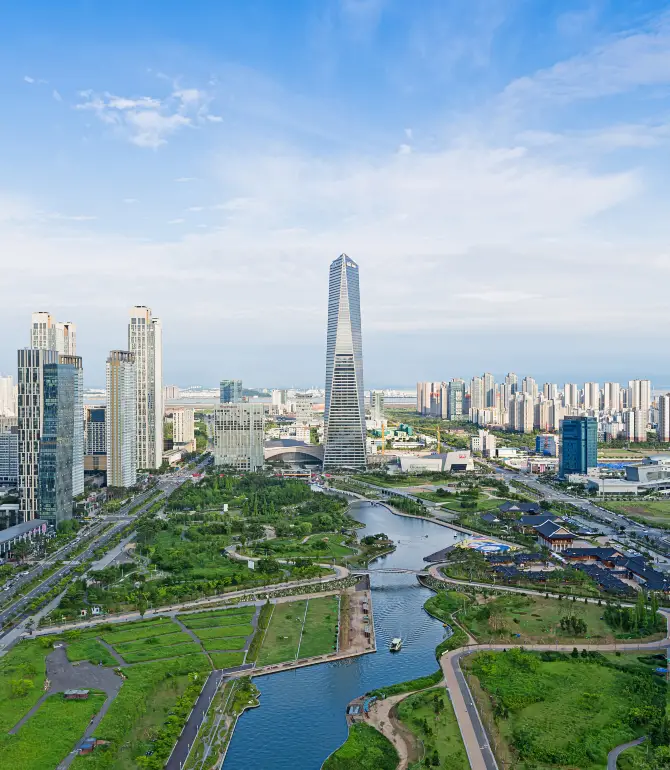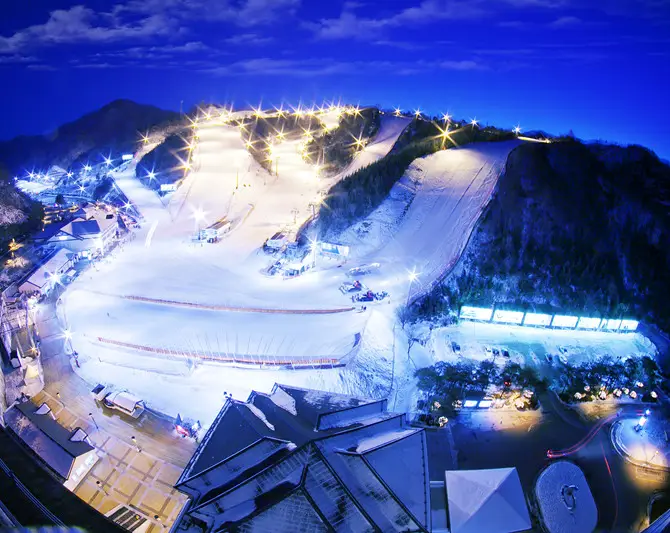Things to Do in Seoul in 2025 - Top Attractions, Local Food, Hotels & Travel Tips (Updated April 2025) | Trip.com
About Seoul
Recommended trip: 3–5 day(s)
Recommended trip: 3–5 day(s)Current Weather Conditions
Seoul Local Experiences Map

Trending in Seoul
Seoul Local Travel Guide 2025
Seoul Brief Guide
Seoul is the capital city of South Korea. The temples and palaces of this city tell a long and storied history. The magnificent natural landscape and modern skyscrapers merge together to form a city that is both young and cultured. Gyeongbokgung and Changdeokgung Palaces are ancient palaces, while Bukchon Hanok Village and Namsangol Hanok Village are well-preserved traditional Korean villages. Seoul is a shopping paradise. In Myeong-dong, Dongdaemun Market, Sinsa-dong, and Samcheong-dong, you can find all kinds of cutting-edge fashions, including clothing, jewelry, and make-up. Once night falls, Seoul is even more magnificent. Climb atop the YTN Seoul Tower to feast your eyes on the city's glittering nightscape. The Han River is the background of many beloved Korean soap operas. Seoul's delicious food is not to be missed. Bibimbap, kimchi, and Samgyetang (Korean ginseng chicken soup) are all delicious in their own right.
Seoul Must-try Local Experiences
1. Experience Seoul's Historic Grandeur Journey through time at Seoul's magnificent palaces: Gyeongbokgung Palace, the largest of all five palaces; Changdeokgung, a UNESCO World Heritage site with its serene Secret Garden. Don't miss the changing of the guard ceremony at Gyeongbokgung Palace for a glimpse into Korea's royal past. 2. Discover Seoul from Above Ascend the iconic N Seoul Tower for breathtaking panoramic views of the city skyline and surrounding mountains. Enjoy a romantic dinner at the revolving restaurant or secure a love lock for a lasting memory. 3. Explore the Charms of Bukchon Hanok Village Wander through the enchanting alleyways of Bukchon Hanok Village, a beautifully preserved traditional Korean village. Admire the hanoks, traditional Korean houses, and immerse yourself in the atmosphere of old Seoul. 4. Shop and Trend-Watch in Myeong-dong and Heunginjimun Dive into the vibrant heart of Seoul's fashion and beauty scene at Myeong-dong. This bustling district is a shopper's paradise, offering everything from trendy K-beauty products and local fashion to delicious street food. Heunginjimun provides a perfect combination of traditional markets and modern shopping centers, making it an ideal place to enjoy shopping therapy. 5. Watch a Nanta Performance Enjoy a Nanta performance, a non-verbal comedy show that combines traditional Korean rhythms with modern beats. It's a fun and energetic way to experience Korean culture. 6. Try Hanbok Wearing Rent and wear a hanbok, traditional Korean clothing, and take a stroll around historical sites like Gyeongbokgung Palace or Bukchon Hanok Village. It's a unique way to immerse yourself in Korean culture. 7. Enjoy the Cherry Blossom Festival Visit Seoul in spring to witness the Cherry Blossom Festival, where the city is adorned with beautiful cherry blossoms. Popular spots include Yeouido Park and Namsan Park. 8. Savor the Flavors of Seoul Indulge in a culinary adventure through Seoul's diverse food scene. Experience the communal dining culture with Korean barbecue, and explore the street food stalls for a taste of tteokbokki and other Seoul-specific delicacies. 9. Unwind in a Jimjilbang Experience the ultimate Korean relaxation ritual at a jimjilbang, a traditional Korean bathhouse. Unwind in hot baths, saunas, and massage rooms, and enjoy a unique cultural experience. 10. Explore the Cheonggyecheon Stream Walk along the Cheonggyecheon Stream, a restored urban waterway that runs through downtown Seoul. It's a peaceful escape from the city's hustle and a great spot for a leisurely stroll.
Seoul Travel Tips
1. Plan Your Visit to Seoul's Palaces: Most royal palaces in Seoul, such as the Changdeokgung is closed on Mondays, while Gyeongbokgung Palace is closed on Tuesdays. Plan your itinerary accordingly to avoid disappointment. Gyeongbokgung Palace offers free guided tours and hosts the Royal Guard Changing Ceremony, making it a must-visit. 2. Book in Advance: To avoid long waiting times and ensure entry, booking tickets for Namsan Seoul Tower in advance is recommended, especially during peak tourist seasons. Booking online can also save you money and time. For a Han River cruise, it is advisable to make reservations ahead of time to secure your spot and avoid last-minute hassles. You can book online through websites like E-land Cruise or at the dock. Popular options include sightseeing, dinner buffet, and fireworks cruises, departing from Yeouido Dock. 3. Remove Shoes Indoors: It is customary to remove your shoes when entering someone's home or traditional accommodations like hanoks. Be prepared to follow this practice. 4. Beware of Taxi Scams: While most Seoul taxis are reliable, some may try to overcharge tourists. Always ensure the meter is running and have your destination written in Korean to avoid misunderstandings. Avoid illegal taxis without meters and be cautious of drivers taking longer routes. Use trusted services like Uber or rideshare apps to ensure safety. 5. Strict Public Smoking Laws: Smoking is prohibited in most public places, including streets, parks, bus stops, and city plazas. Designated smoking areas are available around the city and at major transportation hubs. Always check for signs to avoid fines. 6. No Littering: Seoul has strict anti-littering laws. Dispose of your trash properly in designated bins to avoid fines and keep the city clean. Note that public trash bins are scarce, so be prepared to carry your trash until you find one.
Seoul Must-see Attractions
Seoul is a dynamic South Korean capital with historical and modern attractions, including the panoramic N Seoul Tower, the thrilling Everland theme park, the bustling shopping district of Myeong-dong, the culturally rich Gyeongbokgung Palace, and the traditional Bukchon Hanok Village.
Seoul Where to Stay
Seoul is a city with a diverse array of accommodation options, catering to the needs of every traveler. The city's hotels are spread across various districts, each offering unique experiences and amenities. From the bustling shopping districts to the trendy cultural hubs, Seoul's accommodation scene is as vibrant and dynamic as the city itself.
Seoul Food Guide
Seoul's food scene offers a rich tapestry of flavors and cultural experiences, from the communal grilling of 'samgyeopsal' at Korean BBQs and the revitalizing 'samgye-tang' soup, to the diverse tastes of 'bibimbap', the crunch of Korean fried chicken, and the historical comfort of 'budae jjigae' stew.
Seoul Useful Guide
Seoul's transportation infrastructure is robust, with Incheon International Airport, Gimpo International Airport and Seoul Station being key hubs for international and domestic travel respectively. Incheon International Airport, acclaimed for its world-class facilities, is the primary gateway for international flights and is located on an artificial island around 30 miles west of Seoul. To reach the city center from Incheon, travelers can take the AREX express train to Seoul Station in approximately 43 minutes, or opt for buses and taxis for direct transfers to various destinations. For those arriving from Incheon Airport, the AREX train offers a direct link to Seoul Station, facilitating a seamless transition from air to rail travel. Gimpo International Airport, located closer to the city center, primarily serves domestic flights and some international flights to nearby Asian destinations. The airport offers convenient transportation options to the city center, including subway, buses, and taxis. Seoul Station, a major railway hub, serves as the terminus for high-speed KTX trains connecting Seoul to other major cities like Busan and Daegu. The station is well-connected to the city's subway system, with Lines 1 and 4 providing easy access to different parts of Seoul.
Trip.Best: Seoul
Things to do in Seoul
What to Do
Where to Stay
What to Eat
Seoul Moments: Through Travelers' Eyes

TOP CHERRY BLOSSOM SPOT IN SOUTH KOREA YOU CAN'T MISS !!

15 Must-Do Small Things on a Trip to Seoul, South Korea

2025 Seoul Spring Cherry Blossom Guide | 4 Must-See Spots

Chasing Sakura in South Korea 🌸

5-Day South Korea Trip: Explore Popular Attractions for Just CNY 3,000 per Person

A Bibliophile’s Haven • Starfield Library 📚

Chasing Sakura at Seokchon Lake

No need to rush through Seoul, take your time and enjoy the city at your own pace!
Best of Seoul
Site Operator: Trip.com Travel Singapore Pte. Ltd.
